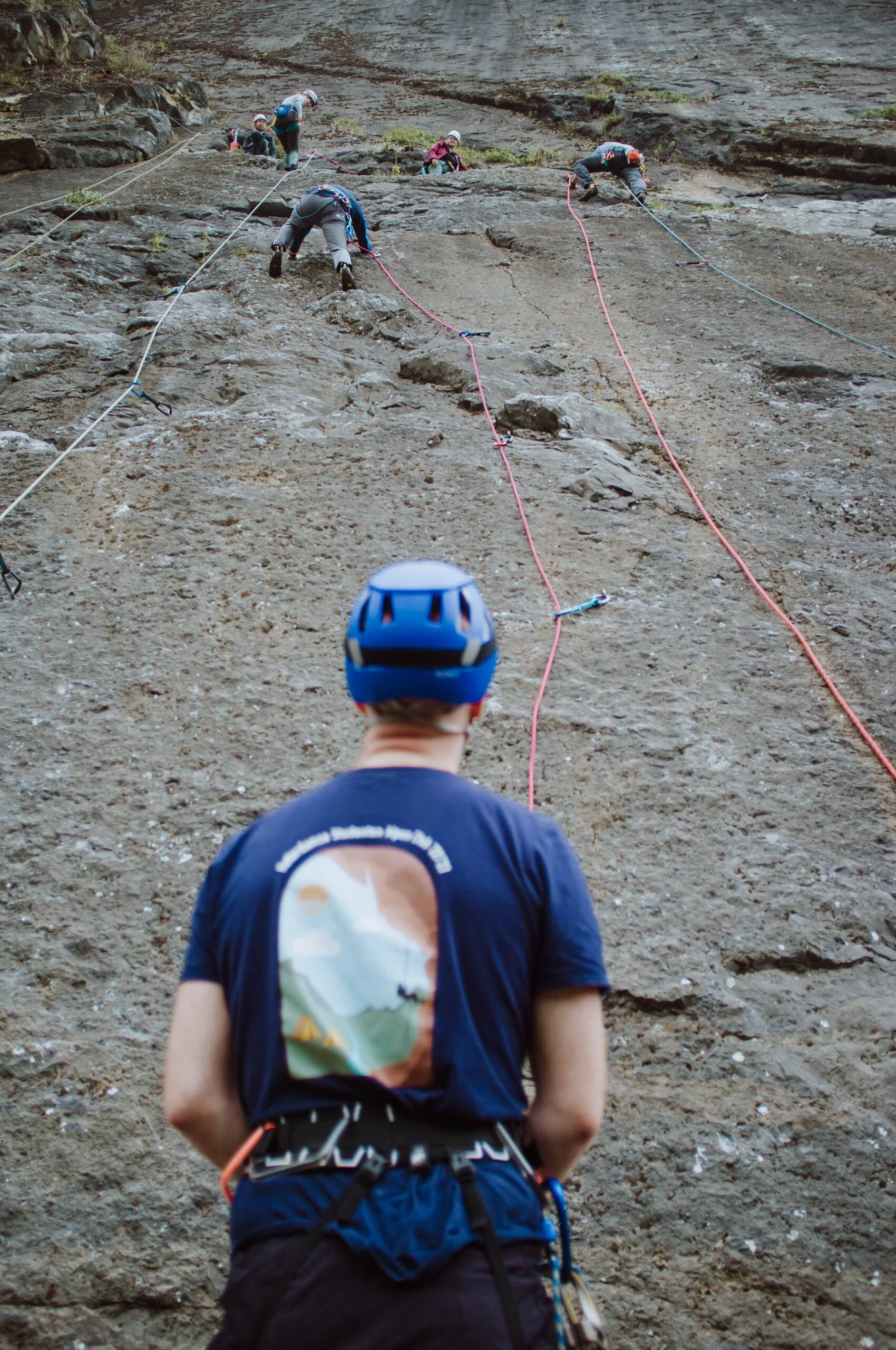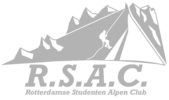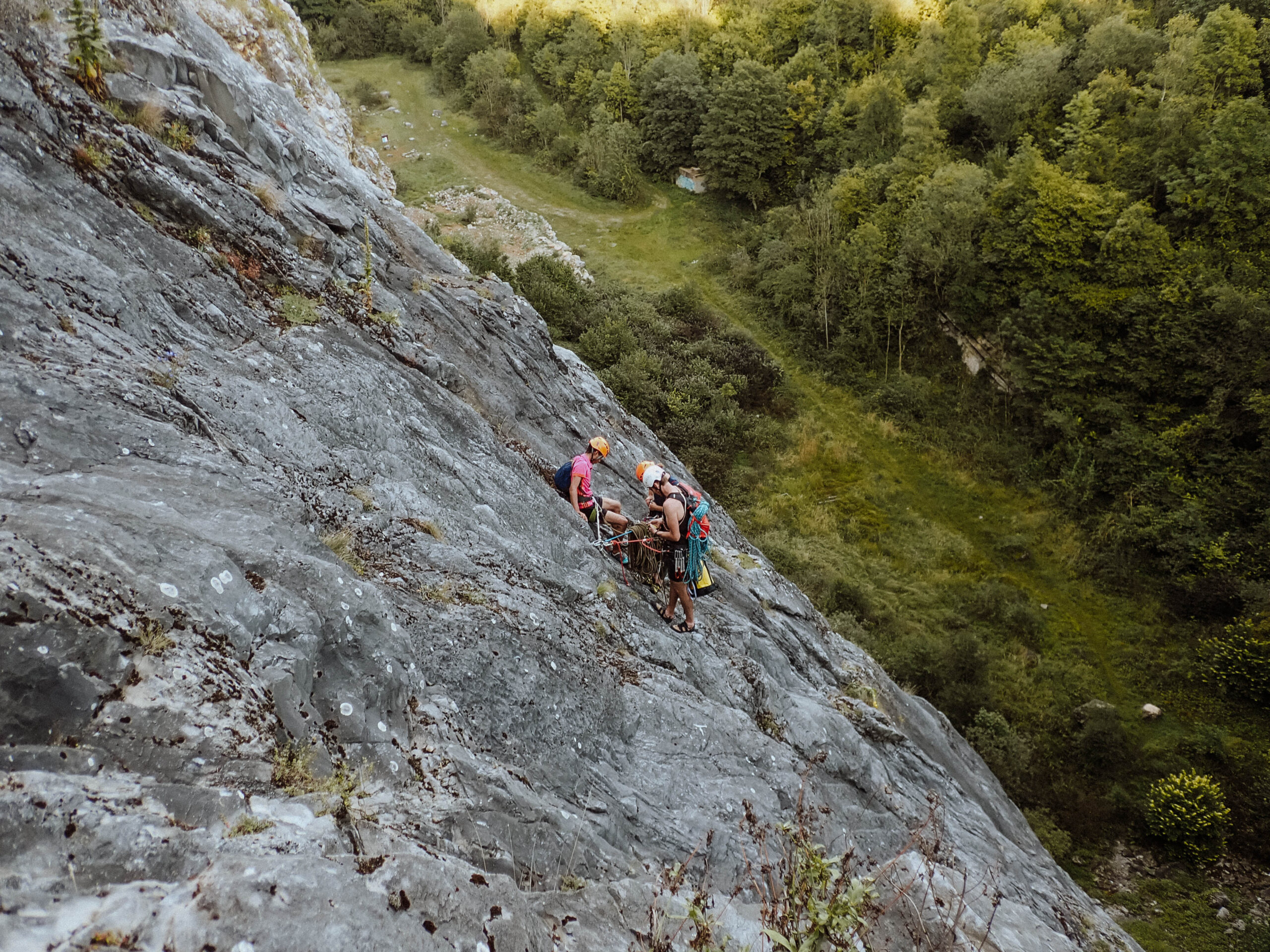We also organize several climbing weekends away to Belgium. However, there are also many other places to go climbing! Below we tell you a bit about the climbing areas where the RSAC can be found more often. Do you want to know more about different climbing areas? The TSAC has a nice overview that you view here .
Freyr
The 'Rochers de Freyr' is the largest and most important climbing massif in Belgium. It has over 600 routes in all styles and levels of difficulty. The popularity of the massif has caused that routes in the lower levels have become slippery.
The rocks have a height of up to ± 120m. There are 681 routes/rope lengths/variations and the routes are spread over all levels of difficulty. Under 6a, however, many routes have become slippery.
Beez
After Freyr, the Beez massif is the largest climbing massif in Belgium. If we don't look at the number of routes, then this is actually the largest rock massif! The rocks stretch for several kilometres along the left bank of the Meuse, just downstream of Namur. The rock structure is erratic and generally offers bigger handles than we find in Freyr for instance.
The rocks have a height up to ± 80m. 494 routes/rope lengths/variations. Most routes are in 5th and 6th degree. Only about 30 routes offer a bigger challenge.
Dave
In addition to a large number of classic routes, a boulder course is marked with blue paint, covering the entire width of the massif.
The rocks have a height up to ± 60m. There are 192 routes/rope lengths/variations. Almost all routes are up to the 6th degree.
Fontainebleau
Bleau (or in full 'Fontainebleau') is a town just south of Paris. The area around it is a very famous boulder area, a walhalla for all climbers! You hardly need any material: in principle, a pair of shoes is enough. However, it is nice to have puff, toothbrush/washing-up brush, towel and crash pad (special fall mat) with you. Because little special material is needed, bouldering is ideal for the starting climber! Moreover, there are boulders for all levels: from child/beginner (white or yellow) to very advanced (black). Many times there are "circuits" to follow: a series of boulders of the same level on a route. Arrows, numbers and dots point the way from block to block.
Hotton
Hotton is a small, but very beautiful area. There's enough for a weekend. The rocks are situated along the river Ourthe. On warm sunny days you can find cooling in the water. You'll mainly find some rope lengths. Ranging from chimneys to a number of slabs.
The rocks have a height up to ± 40m. There are 84 routes/rope lengths/variations. Mainly in the 4th, 5th and 6th degree.
Les Awirs
The Les Awirs massif underwent a major revaluation in 2002 and 2003, making it one of the most important climbing massifs in Belgium.
On the south side you can climb routes of up to 3 rope lengths on a 70 meter high plate or on the other side via cracks, corners and terraces.
The naturally formed north wall is continuously overhanging and offers modern athletic routes that are not always easy to read due to the structure of the rock.
The rocks have a height of up to ± 70m. There are 107 routes/rope lengths/variations. Plate routes up to 7a, in the overhanging north wall you will find routes up to 7c.
Pont a Lesse
The first signs of climbing activities date back to 1930. Yvoir is now one of the largest climbing massifs in Belgium.
The rocks have a height of up to ± 55m. There are 146 routes/rope lengths/variations. There are many routes in the 4th grade. Up to the 6th grade there is a wide choice.



